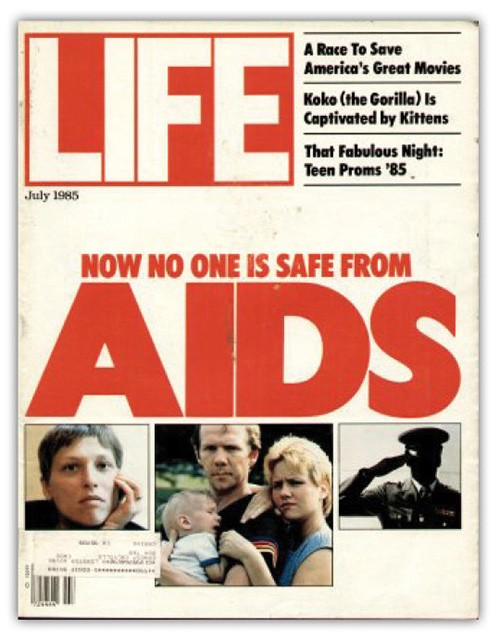
In the early 1980s, the HIV/AIDS virus emerged and spread with quick and deadly force. Throughout the decade and into the 1990s, those infected (often part of socially-ostracized groups) fought for their lives in the face a seemingly indifferent government, a willfully-blind public, and slow-moving pharmaceutical companies. However, in the midst of the chaos caused by this disease, the USSR’s Communist Party and the KGB saw a perfect opportunity to stir up international trouble.
Continue reading “All the Lies We Cannot See: Operation Infektion and HIV/AIDS in the Soviet Union”





